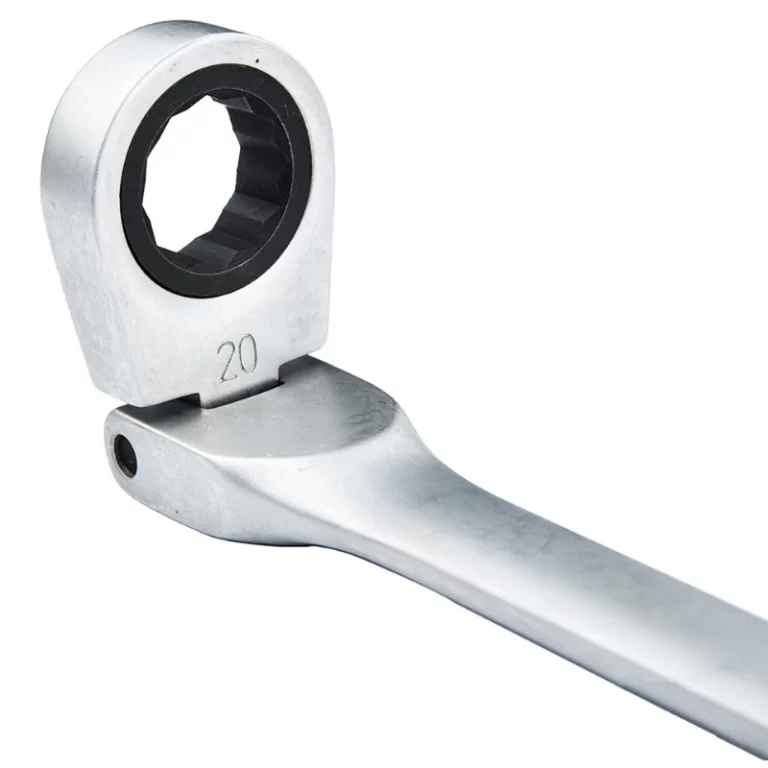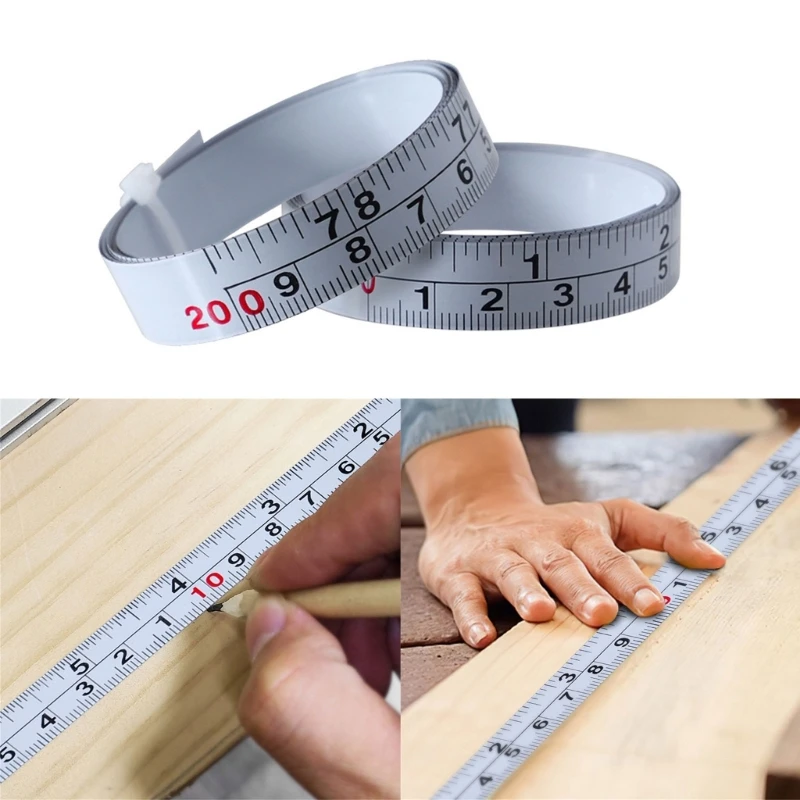
Tape Measure Readings: Guide for Accurate Measurements
Whether you’re a professional builder, a DIY enthusiast, or simply someone who enjoys home improvement projects, understanding tape measure readings is essential. Accurate measurements ensure that your projects fit perfectly, reducing the need for costly mistakes and saving you time in the long run. In this comprehensive guide, we will delve into the intricacies of tape measure readings, providing you with the knowledge and skills to master this fundamental tool.
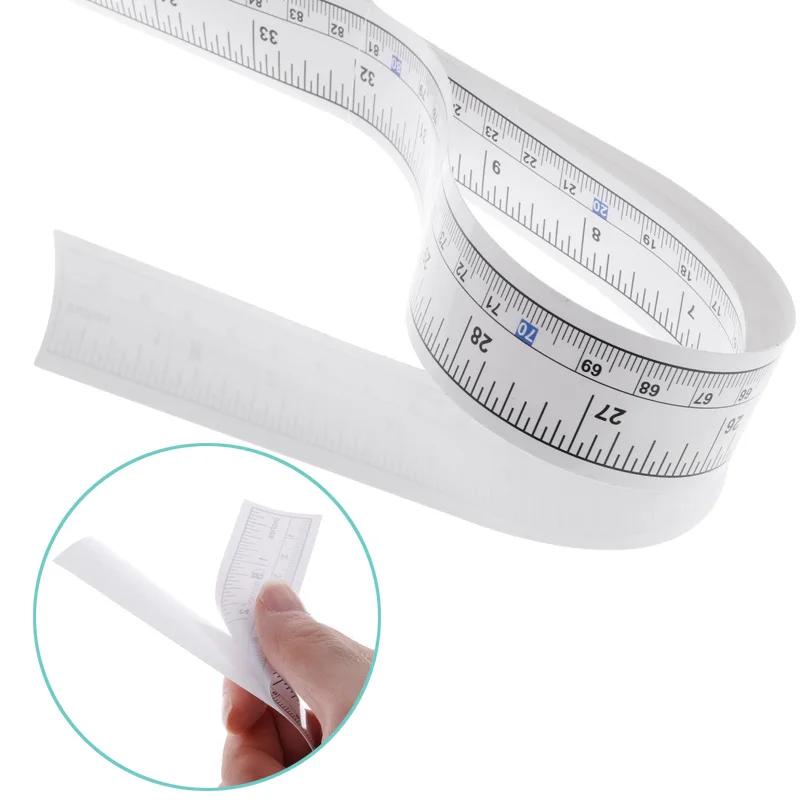 Understanding the Basics of Tape Measures
Understanding the Basics of Tape Measures
Before diving into the nuances of tape measure readings, it’s crucial to understand the construction and components of a tape measure. Most tape measures consist of a retractable metal tape housed within a durable casing. The tape is marked with both metric (centimeters and meters) and imperial (inches and feet) units, allowing for versatile use across different measurement systems.
Components of a Tape Measure
A standard tape measure includes several key components:
- Blade: The metal strip that extends from the casing. It is usually marked with measurement units.
- Locking Mechanism: This feature allows the blade to be locked in place, ensuring stability during measurement.
- Hook: Located at the end of the blade, the hook is designed to latch onto edges or surfaces, providing accuracy.
- Case: The protective housing that stores the blade when not in use.
Understanding these components is fundamental to accurately interpreting tape measure readings.
 How to Read a Tape Measure Correctly
How to Read a Tape Measure Correctly
Accurate tape measure readings start with knowing how to interpret the markings correctly. Let’s explore the step-by-step process to ensure precision in your measurements.
Step 1: Choose the Right Tape Measure for Your Project
Different projects may require different types of tape measures. For example, a longer tape measure is ideal for measuring large spaces, while a smaller one is suitable for intricate tasks. Selecting the appropriate tape measure ensures ease of use and accuracy in readings.
Step 2: Extend the Tape Properly
When extending the tape, ensure it is fully extended and straightened out. This minimizes bending or sagging, which can lead to inaccurate measurements. Additionally, always lock the tape in place using the locking mechanism to maintain stability.
Step 3: Align the Hook with the Starting Point
Position the hook at the exact point where you want to begin your measurement. The hook is designed to move slightly with the tape’s expansion and contraction, allowing for precise readings at the starting edge of your measurement.
Step 4: Read the Measurement at Eye Level
For the most accurate tape measure readings, view the measurement directly at eye level. This reduces parallax error—the apparent shift in an object’s position when viewed from different angles.
Common Mistakes to Avoid When Taking Measurements
Even with a good understanding of tape measure readings, common errors can still occur. Being aware of these pitfalls can help you maintain accuracy in your measurements.
Not Keeping the Tape Straight
A bent or curved tape can result in incorrect measurements. Always ensure the tape is straight and taut when taking a measurement.
Misinterpreting the Markings
Tape measures feature both metric and imperial units. Confusion between these systems can lead to significant errors, especially in projects requiring precise measurements. Familiarize yourself with both sets of markings to prevent this issue.
Overextending the Tape
Extending the tape beyond its marked length can cause it to bend or retract improperly, leading to inaccurate readings. Stick to the measurable length indicated on the tape.
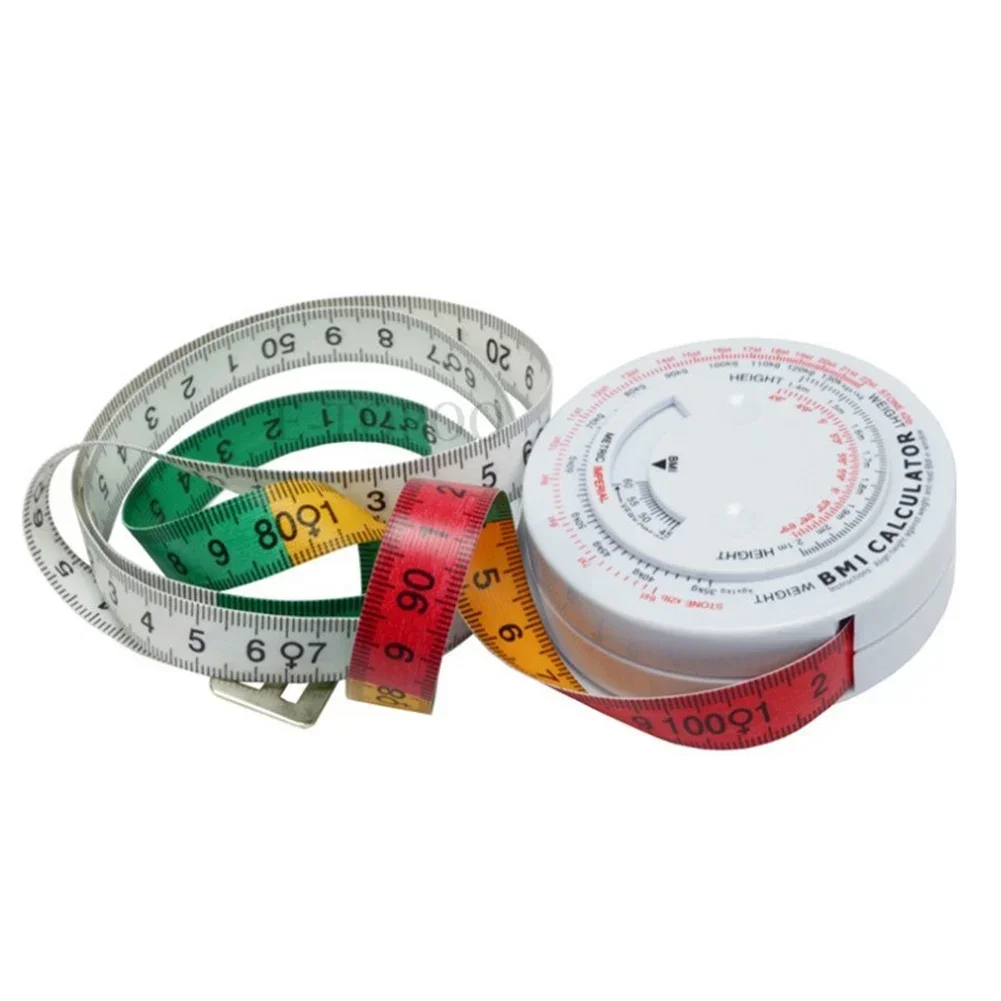 Tips for Improving Your Readings
Tips for Improving Your Readings
Enhancing your tape measure readings involves more than just knowing how to use the tool. Implementing certain techniques can significantly improve your measurement accuracy.
Double-Check Your Measurements
Always verify your measurements by measuring twice. This simple step can catch any mistakes and ensure the accuracy of your readings.
Use a Stable Surface
When taking measurements, ensure the surface you’re measuring from is stable and flat. Uneven or unstable surfaces can distort the tape measure, leading to inaccurate readings.
Marking Measurements Clearly
Use a pencil or marker to highlight your measurement points clearly. This helps in maintaining accuracy, especially when transferring measurements to materials for cutting or assembling.
Advanced Techniques for Precision
For those seeking to elevate their measurement skills, advanced techniques can offer greater precision and efficiency.
Understanding Fractional Measurements
Tape measures often display fractions to provide more detailed measurements. For instance, instead of stopping at the halfway mark of an inch, you can identify eighths or sixteenths of an inch for finer precision.
Calculating Area and Volume
Accurate tape measure readings are not just about linear measurements. By understanding how to use these readings to calculate area and volume, you can plan and execute projects more effectively. For example, knowing the length and width can help you calculate the area for painting or flooring.
Utilizing Digital Tape Measures
Modern advancements have introduced digital tape measures, which provide readings on a digital screen. These tools can enhance accuracy by eliminating the need to interpret markings manually, reducing human error.
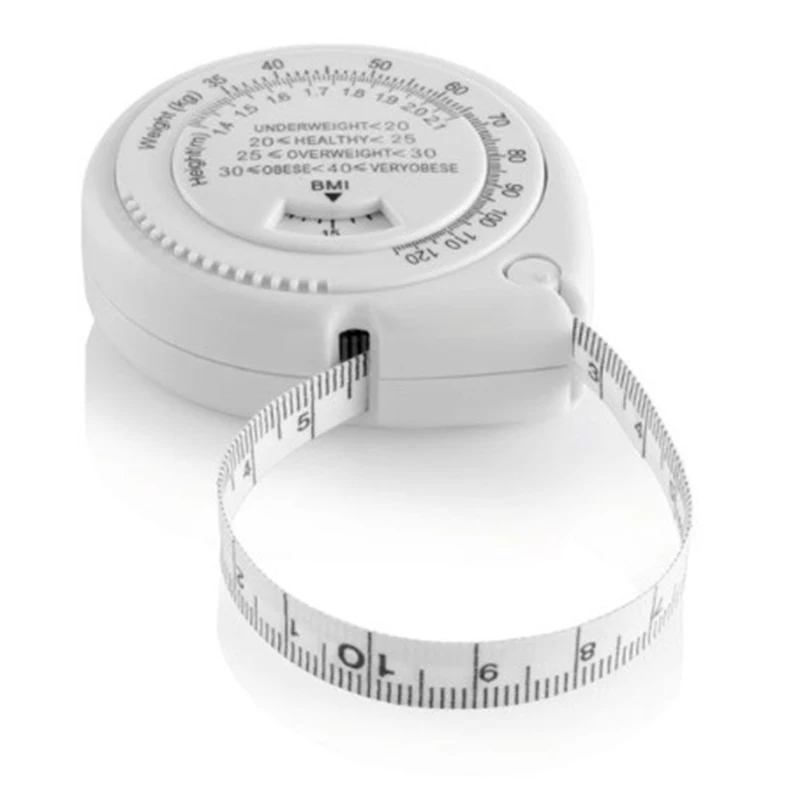 Applications of Accurate Readings
Applications of Accurate Readings
Accurate measurements are essential across various fields and applications. Let’s explore how tape measure readings play a pivotal role in different scenarios.
Construction and Building
In construction, precise measurements are critical for ensuring structural integrity and fitting materials correctly. From framing walls to installing windows, accurate tape measure readings prevent costly mistakes and ensure project success.
Sewing and Tailoring
Tailors rely on exact measurements to create garments that fit perfectly. Tape measure readings help in taking body measurements and determining fabric requirements, ensuring each piece is tailored to the client’s specifications.
Interior Design and Decorating
Interior designers use tape measures to plan layouts, choose furniture sizes, and ensure that decorations fit seamlessly within a space. Accurate measurements contribute to creating aesthetically pleasing and functional environments.
DIY and Home Improvement Projects
For DIY enthusiasts, accurate tape measure readings are indispensable when building furniture, installing fixtures, or undertaking renovations. Precision ensures that projects are completed efficiently and to a high standard.
Maintaining Your Tape Measure for Longevity
Proper maintenance of your tape measure ensures it remains accurate and functional over time. Here are some tips to keep your tool in top condition.
Regular Cleaning
Keep the tape and casing clean from dust, debris, and moisture. Use a soft cloth to wipe the tape and ensure the locking mechanism remains free of obstructions.
Safe Storage
Store the tape measure in a dry, safe place away from extreme temperatures. Proper storage prevents the tape from bending or the mechanism from malfunctioning.
Inspect for Damage
Regularly check your tape measure for signs of wear and tear, such as frayed edges or a loose hook. Addressing these issues promptly can prevent inaccuracies and prolong the tool’s lifespan.
Troubleshooting Common Tape Measure Issues
Even with proper maintenance, you might encounter issues with your tape measure. Knowing how to troubleshoot these problems can save you time and frustration.
Tape Won’t Retract
If your tape measure’s blade won’t retract, first ensure the locking mechanism is disengaged. If the problem persists, inspect the casing for any obstructions or damage that might be preventing the tape from retracting smoothly.
Inaccurate Readings
Inaccurate tape measure readings can result from bent or damaged blades. Replace the tape measure if you notice consistent inaccuracies that cannot be resolved through cleaning or simple repairs.
Sticky Locking Mechanism
A sticky or sluggish locking mechanism can impede accurate measurements. Clean the mechanism with a dry cloth and ensure no debris is causing the issue. If the problem continues, consider replacing the tape measure.
 Choosing the Right Tape Measure for Your Needs
Choosing the Right Tape Measure for Your Needs
With numerous tape measures available on the market, selecting the right one for your specific needs can be overwhelming. Here are some factors to consider when making your choice.
Length of the Tape
Consider the length based on your typical projects. For home use, a 25-foot tape measure is usually sufficient, while construction professionals might require tapes that extend up to 100 feet.
Material and Durability
Choose a tape measure with a durable blade, such as stainless steel, to resist bending and breaking. Additionally, a robust casing can protect the tape from damage, ensuring it remains functional over time.
Locking Mechanism Quality
A reliable locking mechanism is essential for maintaining accurate readings. Opt for tape measures with smooth, easy-to-use locks that hold the tape firmly in place during measurements.
Ease of Use
Features like a comfortable grip, clear markings, and a smooth retractable function enhance the usability of a tape measure. These elements contribute to more efficient and accurate measurements.
The Importance of Accurate Tape Measure Readings in Project Success
Accurate tape measure readings are the foundation of successful projects. From ensuring materials fit correctly to maintaining structural integrity, precision in measurement plays a critical role in achieving desired outcomes.
Preventing Material Wastage
Inaccurate measurements can lead to excess material being used, resulting in unnecessary costs. By mastering tape measure readings, you can optimize material usage and minimize waste.
Enhancing Safety
In construction and other fields, accurate measurements contribute to the safety of structures and installations. Ensuring that components fit correctly prevents potential hazards and structural failures.
Improving Efficiency
Precision in measurement streamlines the project workflow, reducing the time spent on corrections and adjustments. This efficiency leads to faster project completion and increased productivity.
Conclusion
In the end, mastering tape measure readings is indispensable for anyone involved in projects requiring precision. Whether you’re constructing a building, tailoring a garment, or undertaking a home improvement task, accurate measurements are the key to success. By understanding the fundamentals, avoiding common mistakes, and implementing advanced techniques, you can enhance the quality and efficiency of your work. Remember, accurate tape measure readings not only save time and resources but also ensure that your projects are built to last. Embrace these insights, and watch your projects flourish with the reliability that precise measurements provide.
